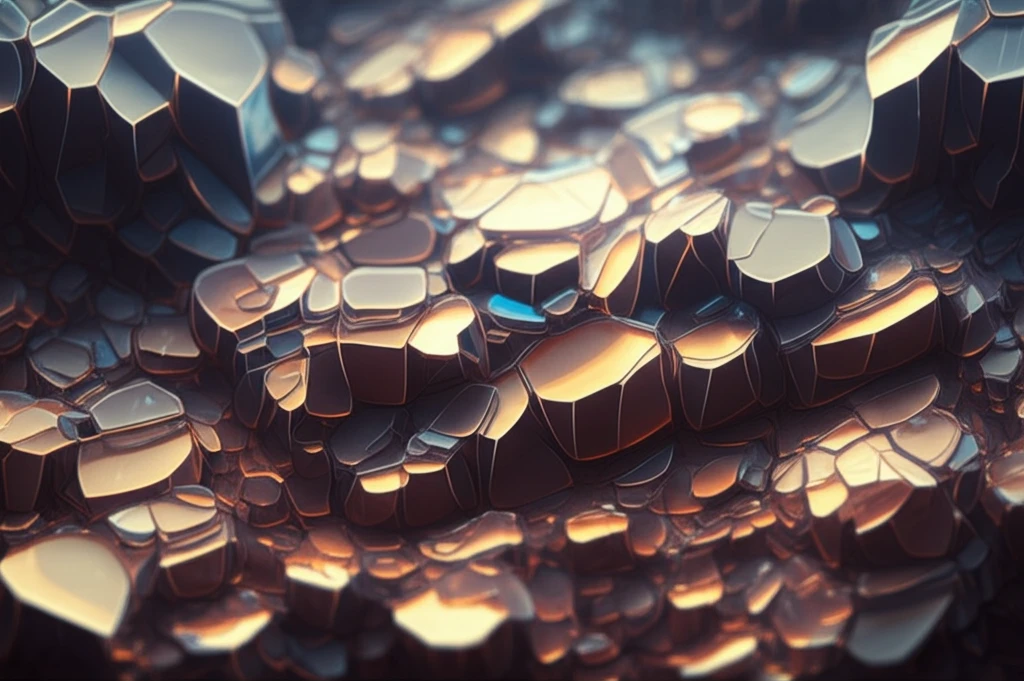
Unlocking the Secrets of Liquid Crystals: How Tiny Textures Could Revolutionize Displays and Beyond
"Dive into the fascinating world of cholesteric liquid crystals and discover how understanding their unique behaviors can lead to groundbreaking advancements in technology."
Liquid crystals, those enigmatic substances that blur the line between solid and liquid, have long captivated scientists and engineers alike. Their unique ability to self-organize and respond to external stimuli has made them indispensable in display technology, where they form the backbone of countless screens, from smartphones to televisions. But the story of liquid crystals is far from complete. Researchers are constantly uncovering new facets of their behavior, pushing the boundaries of what's possible.
One particularly intriguing area of study involves cholesteric liquid crystals, a special type known for their helical structure. This twisty arrangement gives rise to a host of fascinating optical properties, including the ability to selectively reflect light of certain wavelengths. By manipulating the pitch of the helix, scientists can fine-tune these properties, opening up a wide range of potential applications.
Now, a team of researchers is delving deeper into the behavior of cholesteric liquid crystals, focusing on the formation of stripe textures under the influence of electric fields. Their work, published in the journal Liquid Crystals, offers new insights into the fundamental physics governing these materials and suggests exciting possibilities for future technological innovations.
What Are Cholesteric Liquid Crystals and Why Should You Care?

Cholesteric liquid crystals, also known as chiral nematic liquid crystals, possess a unique molecular arrangement. Unlike ordinary nematic liquid crystals where the molecules tend to align in a specific direction, cholesteric liquid crystals exhibit a helical structure. Imagine a stack of nematic layers, with each successive layer slightly twisted relative to the one below. This continuous twist forms a helix, with a characteristic pitch (the distance it takes for the helix to complete one full turn).
- Temperature sensors: Cholesteric liquid crystals can change color with temperature, making them useful for thermometers and other sensing applications.
- Security features: The unique optical properties of cholesteric liquid crystals make them difficult to counterfeit, leading to their use in security features on banknotes and other valuable items.
- Cosmetics: Cholesteric liquid crystals can add iridescent effects to cosmetics and personal care products.
The Future is Crystalline
The research into field-induced stripe textures in cholesteric liquid crystals represents a significant step forward in our understanding of these fascinating materials. By developing a model that explains the formation of these textures, scientists are paving the way for new and innovative applications. As we continue to explore the unique properties of liquid crystals, we can expect to see them playing an increasingly important role in shaping the technologies of the future, from advanced displays to biomedical devices and beyond.
